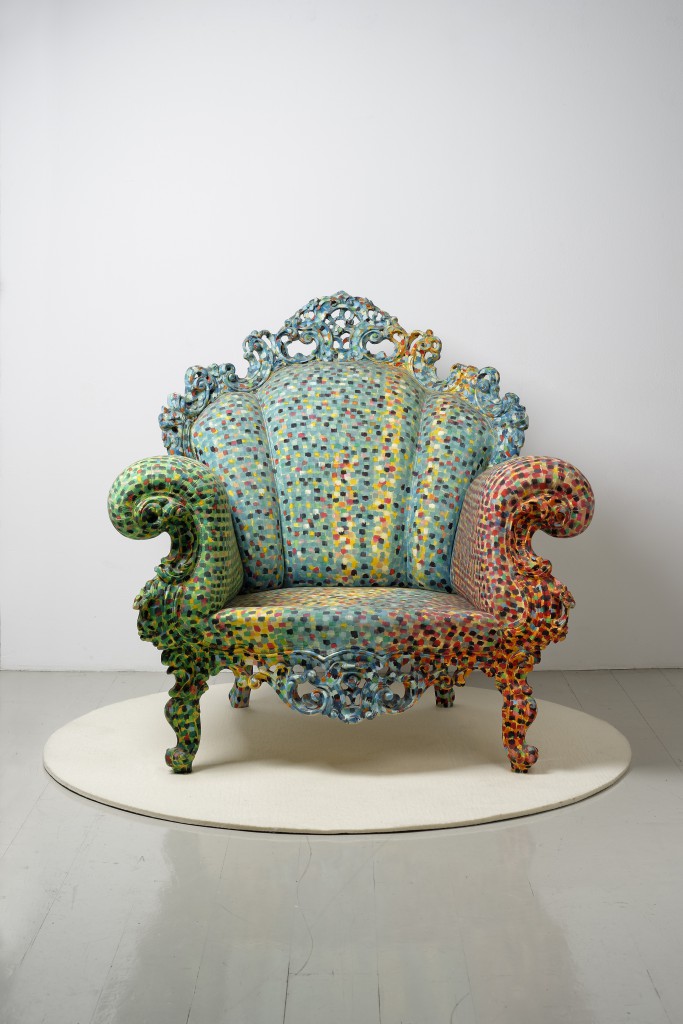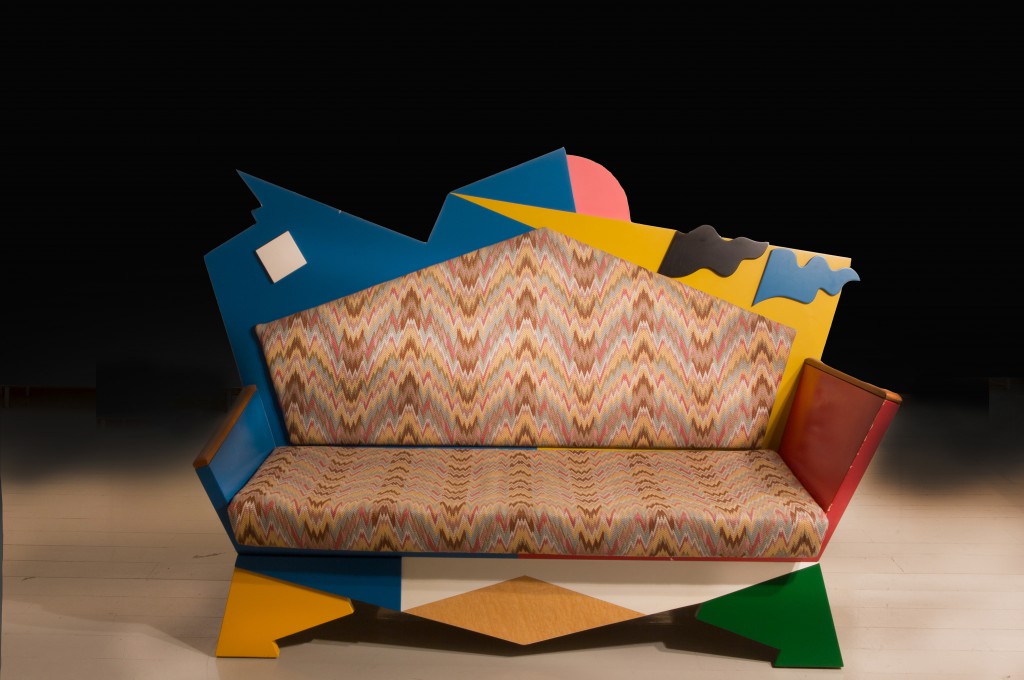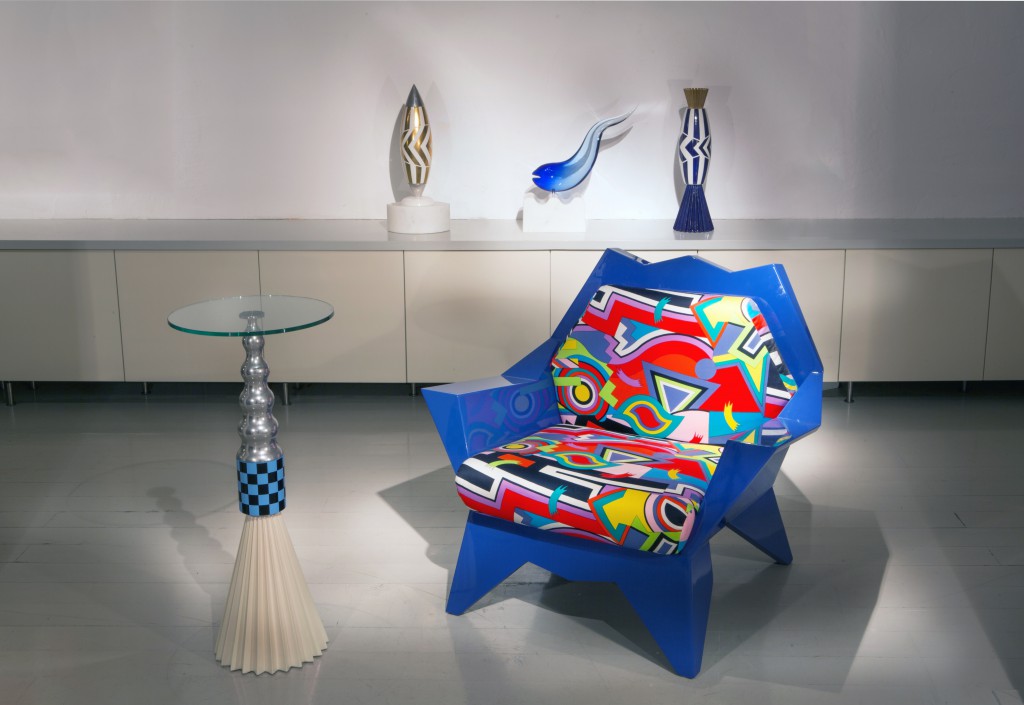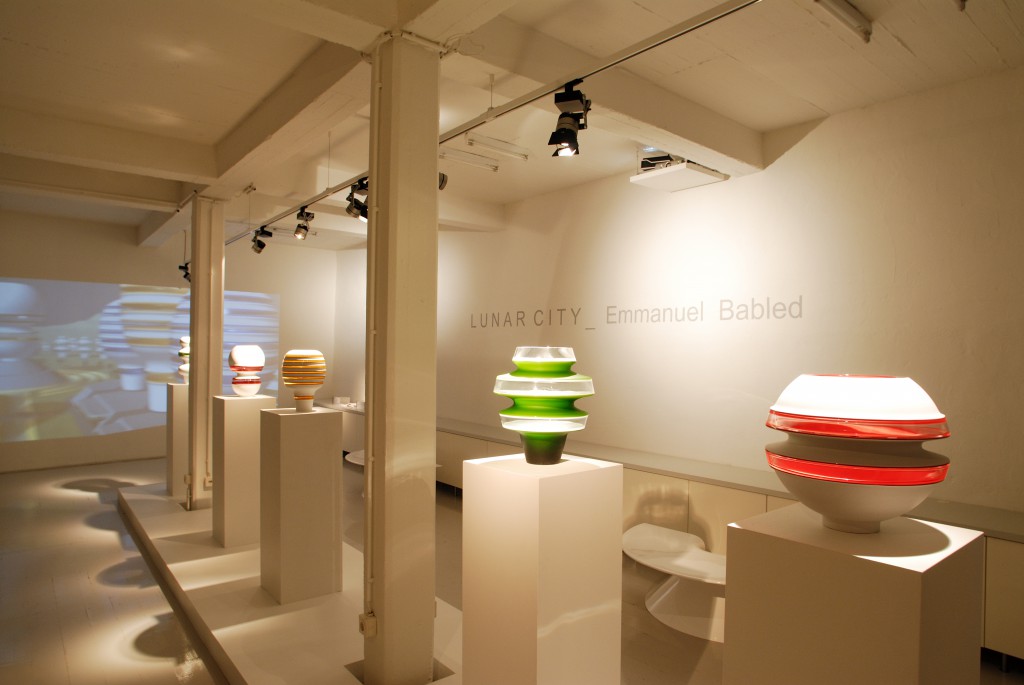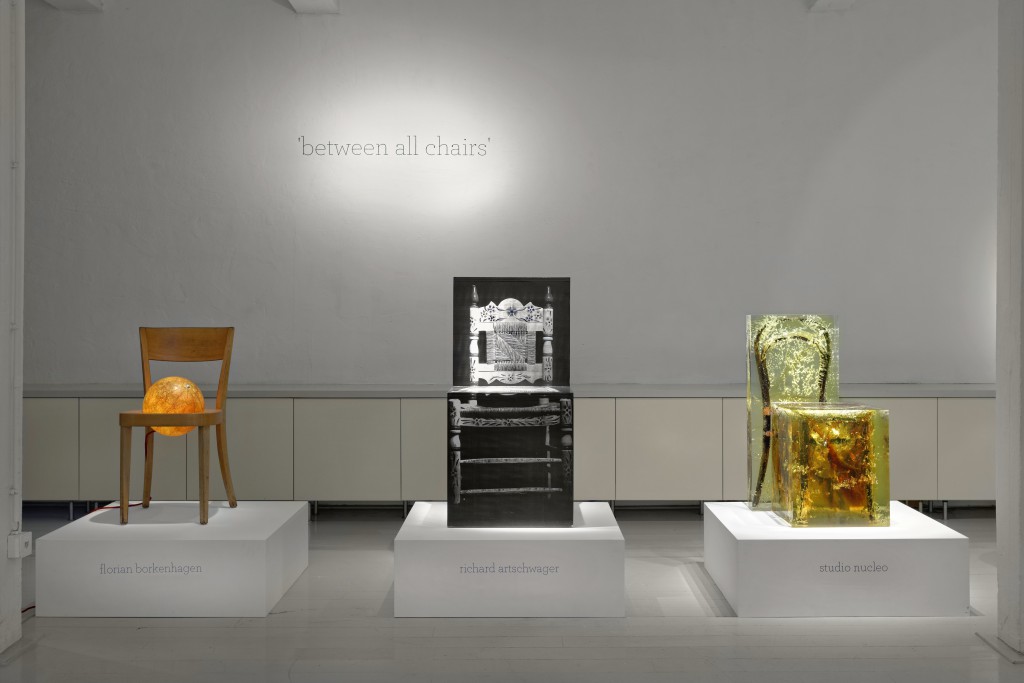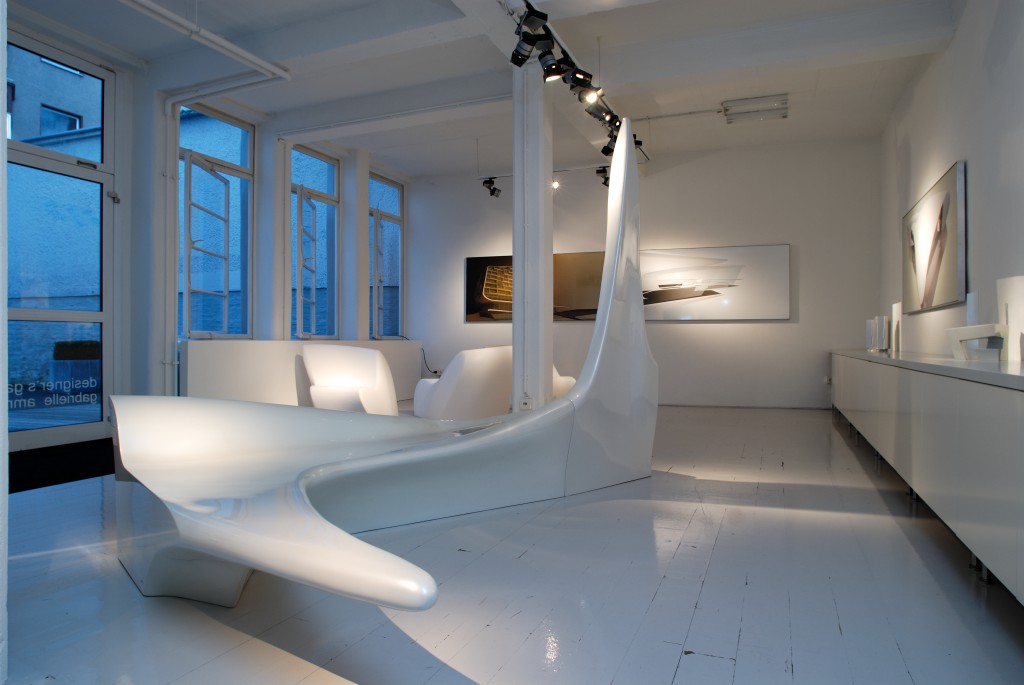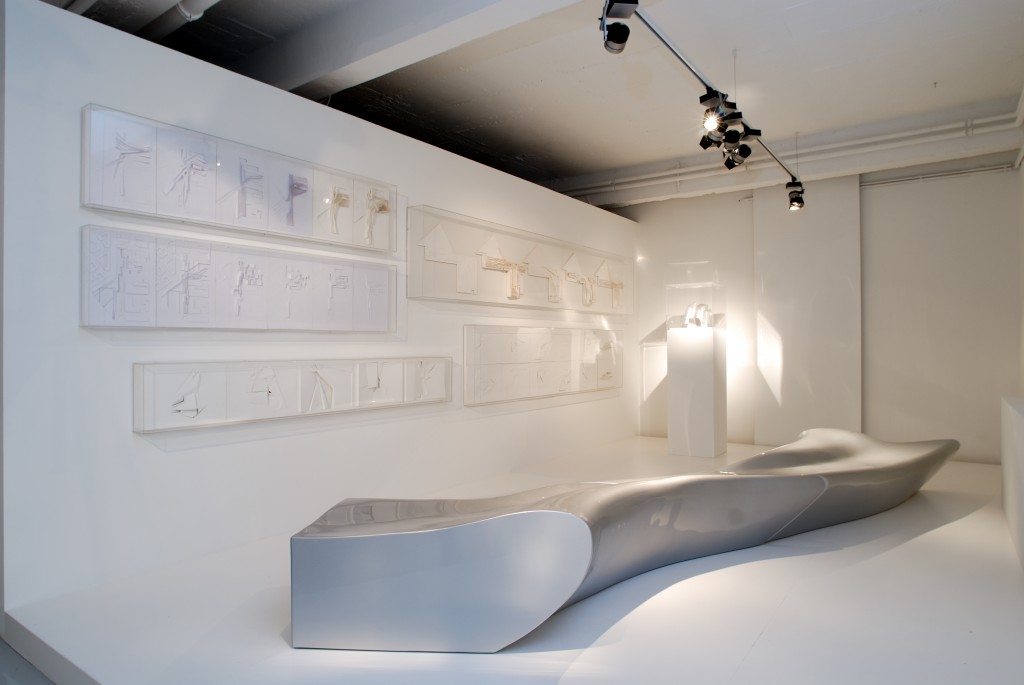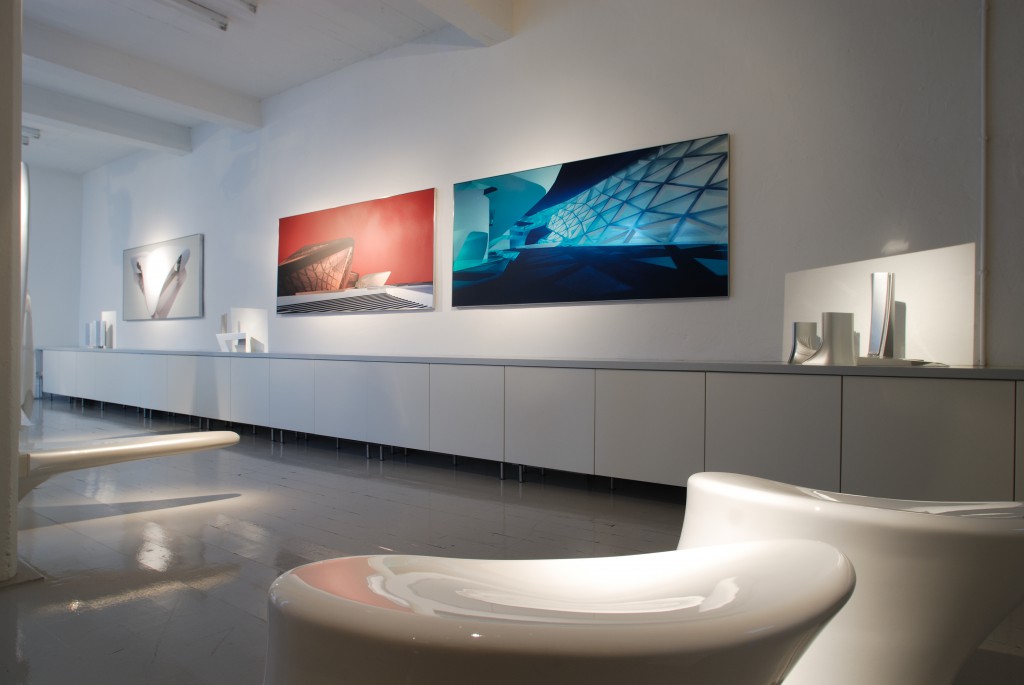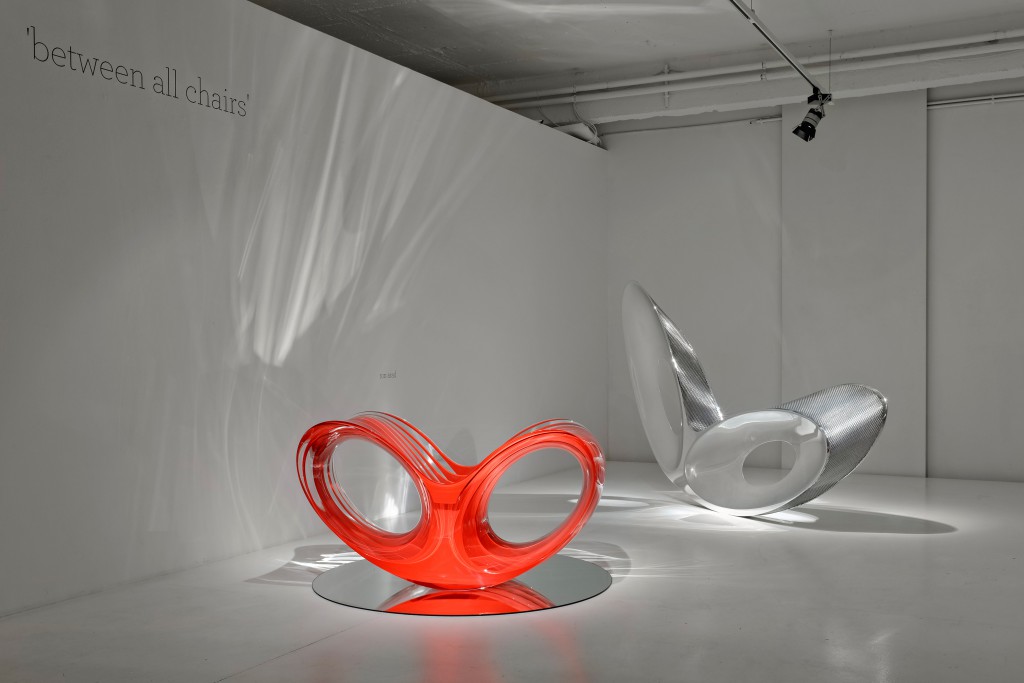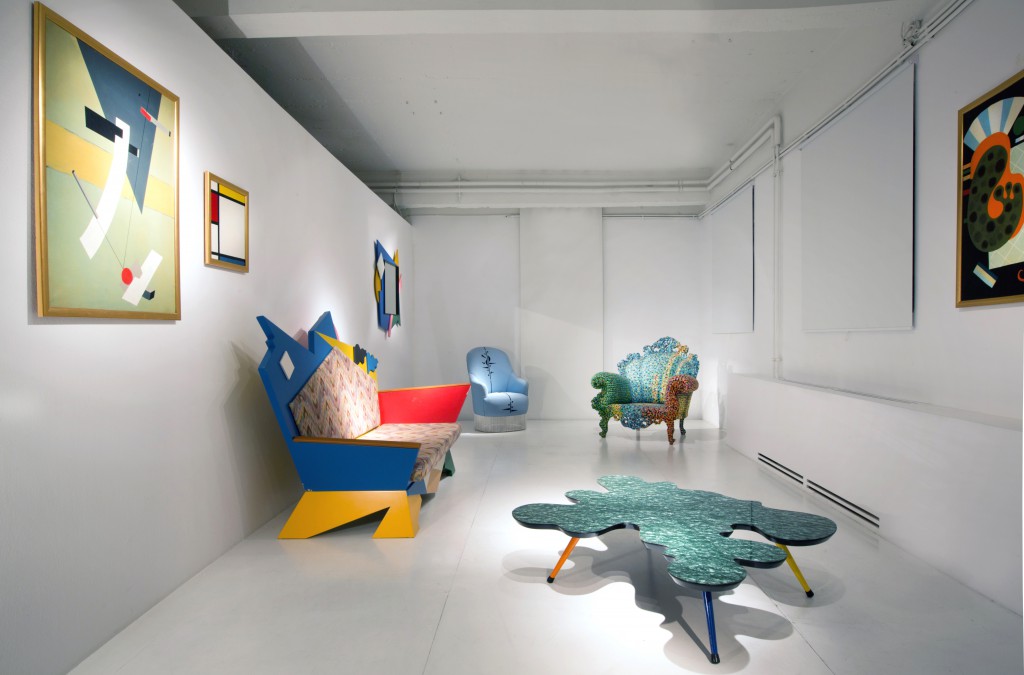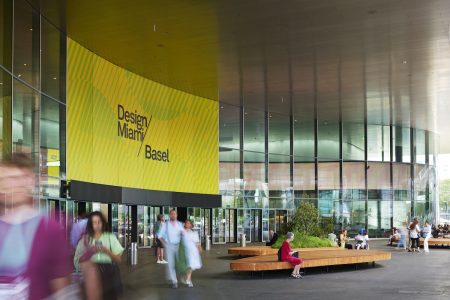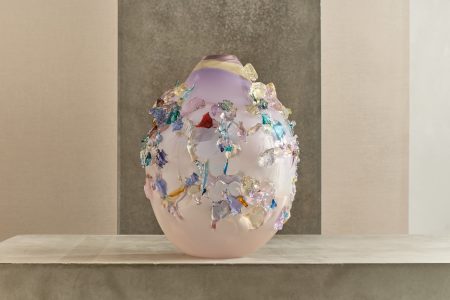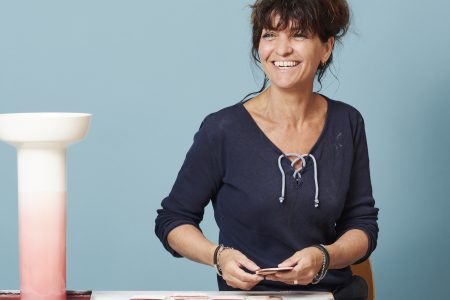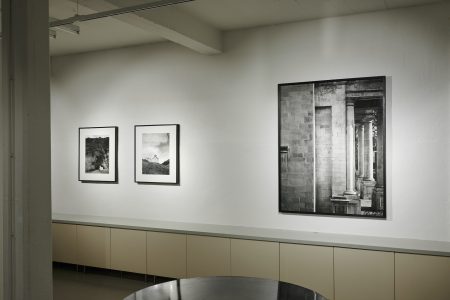Gabrielle Ammann on Three Decades
Gabrielle Ammann, founder of the ammann//gallery in Cologne, talked to TLmag about revisiting 1980s masterpieces in her 12th exhibition at Design Miami/ Basel.
The ammann//gallery’s penchant for the intersection of art, architecture and design will materialise in a selection of major work from the 1980s and the contemporary, at Design Miami/ Basel. From June 13 to 18, masterpieces by Andrea Branzi, Alessandro Mendini, Michelangelo Pistoletto, Ettore Sottsass, and Franz West will engage in a fascinating dialogue with collectors’ items by Ron Arad, Florian Borkenhagen, Shi Jianmin, Marc Newson, Studio Nucleo, Rolf Sachs, Atelier van Lieshout, Wolfs+Jung and Abel Zavala. To some extent, this curatorial juxtaposition is indicative of Gabrielle Ammann’s own professional legacy. The founder and namesake of the Cologne-based gallery talked to TLmag about three decades of curating avant garde design.
TLmag: What is behind the current revival of 80s design, and what do you think contemporary designers are taking from it?
Gabrielle Ammann: The Italian art and design movement of the 1980s was a revolution, and a review of this fantastic era is long overdue. The works of this period have always been collected by creative, avant garde personalities, because the design is colourful, bright, and even entertaining. One has to know how to live with them and deal with their power on a daily basis. In the 1990s, for example, Karl Lagerfeld compiled a large collection of work by the Memphis group and furnished an entire villa with his collection. Last year we discovered that David Bowie was also a great admirer of such works. I think the Bowie auction at Sotheby’s in London in November 2016 drew a lot of attention to designers such as Ettore Sottsass, Alessandro Mendini, Andrea Branzi and Marco Zanini again. I am not sure what contemporary designers are taking from it, as every generation has its own credo and reacts to its own specific times, but for sure they can feel the free spirit of these creators.
With your own career as design agent for the likes of Mark Newson and Ron Arad taking off in 1989, does the Design Miami/Basel exhibition also have a personal significance for you?
Because it is my 12th time participating in this very important fair, and since I was also a founding member of the Basel edition, I am going back in time and showing very rare museum-quality pieces from the 1980s and even earlier, such as the Balletto Geometrico tapestry from 1980 by Andrea Branzi and the iconic Poltrona die Proust chair designed by Alessandro Mendini for Alchimia in 1979. My career in the world of design literally began when I met the Alchimia group in Milan in the late 1980s. I was so impressed by how they worked, as well as by their ideas, their drawings, and their fearlessness when it came to creating objects with no function but a lot of intellectual background and philosophy. It was more about telling stories then creating furniture. If we take a closer look, their approach to design was very clearly an artistic one. For them, design and furniture were ‘companions’ and not only useful objects. In the late 1980s, I also met Ron Arad, Marc Newson, and many other artists and designers via the Alchimia group, who had a showroom in the centre of Milano, which was a hotspot where everyone met.
How has your curatorial approach evolved over the past 11 years, since you established the Ammann Gallery in 2006?
When I started, I curated many exciting solo shows. The first one was a show with glass objects by Emmanuel Babled called Lunar City. The glass objects were in fact small forms of skyscrapers, and we showed a video to make the project more accessible. This is still one of my personal favourites among the many shows I curated over the years. Another highlight was certainly the solo show with and for Zaha Hadid in 2007. I had a lot of respect of her and her works, and since my gallery is not very large, I used the courtyard with a big wall projection, and three different projectors presenting her architectural projects. From my point of view, you cannot see her design pieces separate from her buildings.
Over the years, I have curated around 40 exhibitions, and I am still curious and love to experiment with different themes within the architectural structure of my gallery space. This year we decided to take another path and not concentrate on solo shows. “ammann//gallery goes ammann//projects” we call it – an experiment. We take time to reflect by bringing pieces into the gallery that have been in storage for years, looking at them with different eyes and new interest. This also means conducting a great deal of research. For the first show, we brought together important icons from the 1980s and juxtaposed these with works from a younger generation. The project is also research and pathfinding into how a gallery could or should work in the future.
One of the aspects that has distinguished the ammann//gallery is its openness to not only design, but also art and photography. What is your technique for complementing design with other visual arts?
To be honest, I’m not all that interested in categories such as design, art, photography and architecture. It’s not about these categories as such, but rather about particular themes and perspectives, about approaches. Last year, for example, I curated an exhibition dedicated to the theme of the chair. It was obvious to me that I should not only focus on the chair as a design object, but also on what role it plays within the visual arts – Joseph Kosuth’s iconic conceptual art piece from 1965, One and Three Chairs, is a perfect example of this, but also Rolf Sachs’ Chip on the Shoulder (1999) and Florian Borkenhagen’s Paris Chair (2016). Then there’s the fact that many architects have tried their hand at design (just think of Zaha Hadid, with whom I worked very closely over the years), and designers are increasingly interested in creating total spaces and not just objects, so that they become architects in a certain sense. So, you see, it’s not about ‘complementing’ design with other art forms, but rather presenting it in its natural context.
Continuing your pioneering career, you have also been one of the first design galleries to embrace online shopping. What has your experience been? Should design events be worried?
I can’t say that I truly embrace it, but in 2007 I was in fact extremely curious to see if it would work… To my great surprise it worked fantastically, especially with clients who do not have the time to come to the gallery or who live too far away. Over the last few years, we have even built up long-term clients and personal friendships via this medium. Nowadays it has become very normal to shop online; and since there are a large number of platforms available, you have to be very careful about choosing the one that is most appropriate or best suited to your programme.
I don’t think that design events and fairs have to be worried about this development… as long as we remain human beings and don’t let robots do the shopping for us. We all still enjoy meeting each other in person, chatting, sitting together, and getting to know our business partners on a personal level to establish a sense of trust. Live and online do not have to be mutually exclusive; in fact, they can actually complement each other. At least this has been my experience.
